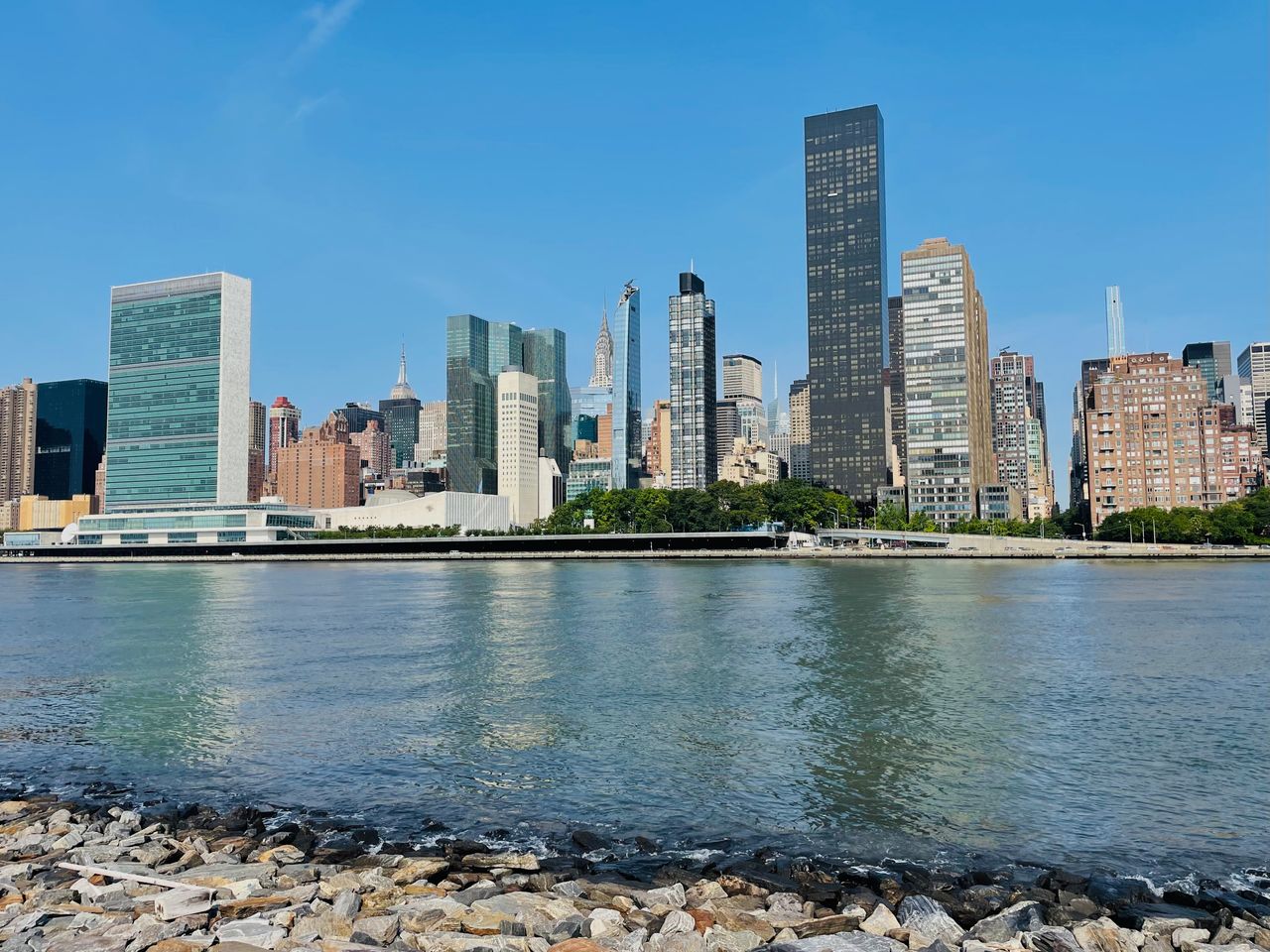Global Super-Luxury Sales Surged in the First Half of 2021
New York led with 202 sales above US$10 million, compared to 52 in the same period last year.
Super-luxury property markets globally have proven to be resilient amid the coronavirus pandemic and economic slowdown.
The number of super-prime home sales—defined as those priced above US$10 million—reached 785 in the first six months of 2021 across seven major cities, according to a Knight Frank report released Thursday. That is more than double the figure in the same period of 2020, and up 52% from the same time in 2019—a more comparable year.
Among the seven major cities analyzed, New York led with 202 sales above $10 million, which had an aggregate value of $785 billion, in the first half of the year. The number of sales was nearly four times the figure during the same time 2020, which was skewed by the impact of Covid-19. However, compared to the same period of 2019, this year’s sales were still up 36%, according to the report.
“Vaccine rollouts have aided the reopening of some of the world’s major cities—giving confidence to wealthy residents to commit to property moves in prime central locations,” Liam Bailey, global head of research at Knight Frank, said in the report.
Los Angeles logged 171 sales at the very top $10 million-plus market in the first half of the year, nearly three times the number over the same period both in 2020 and in 2019, according to the report.
Of the other five cities included in the analysis—Singapore, Hong Kong, Sydney, London and Dubai—only Hong Kong-registered fewer super-prime sales between January and the end of June r than the same six-month stretch in 2019, but transactions were still 61% higher than the same period in 2020, according to the report.
While each of these super-prime markets has its unique driving force, such as recent price corrections, lifestyle advantages or the surge in new development. But they all shared some common themes, “namely, rapidly improving sentiment amid the reopening of cities and a unified shift in lifestyles as the wealthy seek out larger homes and more amenity rich locations,” Paddy Dring, global head of prime sales at Knight Frank, said in the report.
Reprinted by permission of Mansion Global. Copyright 2021 Dow Jones & Company. Inc. All Rights Reserved Worldwide. Original date of publication: July 29, 2021
 Copyright 2020, Dow Jones & Company, Inc. All Rights Reserved Worldwide. LEARN MORE
Copyright 2020, Dow Jones & Company, Inc. All Rights Reserved Worldwide. LEARN MORE
This stylish family home combines a classic palette and finishes with a flexible floorplan
Just 55 minutes from Sydney, make this your creative getaway located in the majestic Hawkesbury region.
A Sydney site with a questionable past is reborn as a luxe residential environment ideal for indulging in dining out
Long-term Sydney residents always had handful of not-so-glamourous nicknames for the building on the corner of Cleveland and Baptist Streets straddling Redfern and Surry Hills, but after a modern rebirth that’s all changed.
Once known as “Murder Mall” or “Methadone Mall”, the 1960s-built Surry Hills Shopping Centre was a magnet for colourful characters and questionable behaviour. Today, however, a $500 million facelift of the site — alongside a slow and steady gentrification of the two neighbouring suburbs — the prime corner property has been transformed into a luxury apartment complex Surry Hills Village by developer Toga Group.
The crowning feature of the 122-apartment project is the three-bedroom penthouse, fully completed and just released to market with a $7.5 million price guide.
Measuring 211sqm of internal space, with a 136sqm terrace complete with landscaping, the penthouse is the brand new brainchild of Surry Hills local Adam Haddow, director of architecture at award-winning firm SJB.
Victoria Judge, senior associate and co-interior design lead at SJB says Surry Hills Village sets a new residential benchmark for the southern end of Surry Hills.
“The residential offering is well-appointed, confident, luxe and bohemian. Smart enough to know what makes good living, and cool enough to hold its own amongst design-centric Surry Hills.”
Allan Vidor, managing director of Toga Group, adds that the penthouse is the quintessential jewel in the crown of Surry Hills Village.
“Bringing together a distinct design that draws on the beauty and vibrancy of Sydney; grand spaces and the finest finishes across a significant footprint, located only a stone’s throw away from the exciting cultural hub of Crown St and Surry Hills.”
Created to maximise views of the city skyline and parkland, the top floor apartment has a practical layout including a wide private lobby leading to the main living room, a sleek kitchen featuring Pietra Verde marble and a concealed butler’s pantry Sub-Zero Wolf appliances, full-height Aspen elm joinery panels hiding storage throughout, flamed Saville stone flooring, a powder room, and two car spaces with a personal EV.
All three bedrooms have large wardrobes and ensuites with bathrooms fittings such as freestanding baths, artisan penny tiles, emerald marble surfaces and brushed-nickel accents.
Additional features of the entertainer’s home include leather-bound joinery doors opening to a full wet bar with Sub-Zero wine fridge and Sub-Zero Wolf barbecue.
The Surry Hills Village precinct will open in stages until autumn next year and once complete, Wunderlich Lane will be home to a collection of 25 restaurants and bars plus wellness and boutique retail. The EVE Hotel Sydney will open later in 2024, offering guests an immersive experience in the precinct’s art, culture, and culinary offerings.
The Surry Hills Village penthouse on Baptist is now finished and ready to move into with marketing through Toga Group and inquiries to 1800 554 556.
This stylish family home combines a classic palette and finishes with a flexible floorplan
Just 55 minutes from Sydney, make this your creative getaway located in the majestic Hawkesbury region.



























